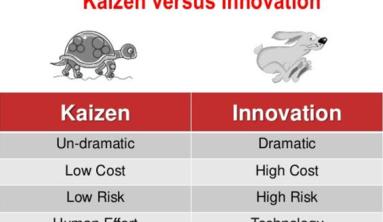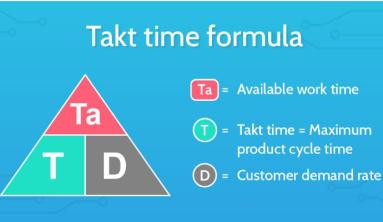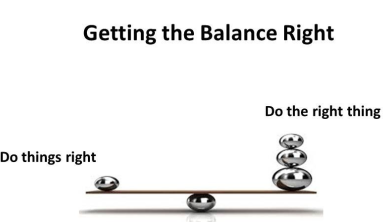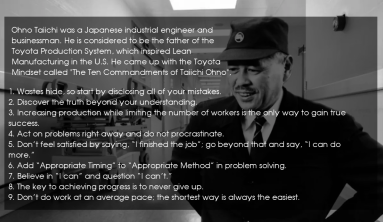
A project team of six people will likely have six different visions of how a process works, and at least as many ideas of what the improved process should look like. Putting a process map down on paper gives the team a common reference point about how the process functions and how it can be improved. A comprehensive process map also helps the team with the following:
- Draws attention to the problem by putting it on the page. Identifying problems is the first step toward solving them.
- Educates outsiders about how the process works.
- Makes comparison easy. The current process map can be placed beside the new process map to help demonstrate proposed improvements and discover new ones.
- Enables the project team to isolate steps in the process that don’t add value or diminish performance.
- Highlights process steps that need improvement.
- Helps the team understand the entire process.
Six Steps to Making a Process Map

Working together to create a process map helps a team fully understand the process and teaches them how to work together. Because many processes are unmapped or existing process maps are incomplete, creating a process map is one of the first activities a team undertakes. Drawing or enhancing a map can typically be completed in six steps.
- Establish clear boundaries – Mapping should not go on indefinitely. Determine in advance where the map should begin and end. Include an appropriate level of detail that helps the team understand the process.
- Identify all process steps – Include required inputs and desired outputs.
- Position the steps in the proper sequence – Remember that the objective of the first process map is to capture the process as it currently works, and not as it should work.
- Use symbols correctly – Every symbol on the process map has a unique meaning; be sure that you understand what these symbols mean and how to use them.
- A box or rectangle indicates a task to be performed.
- An oval illustrates inputs (action, information or materials) and outputs (the end product). You’ll find an oval at both ends of the process.
- An arrow that connects other symbols to shows movement, transportation or material handling.
- A diamond illustrates points in the process that require a decision.
- Review the map – There may be something you’re missing. Have someone outside the team look at the map with a fresh pair of eyes.
- Get to work – Once you have completed the map and had it reviewed, put it to use. Start by asking the following questions.
- How is the current process different from the ideal one?
- Are there complexities that can be eliminated or simplified?
- Is the process being run as it should be?
An accurate process map with the right amount of detail can give a Six Sigma project team a common vision of how a process works. A project team with a clear understanding of how the process works will most likely produce better potential solutions.






